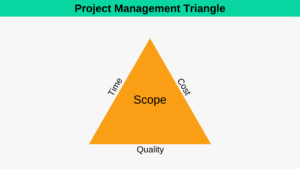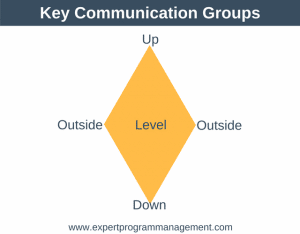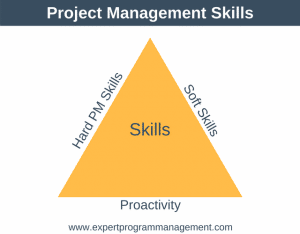We all want to build good quality products and services, and the field of quality management has been around for a long time. When we think of the quality processes that are widely used today (Total Quality Management, Six Sigma, Cost of Quality etc), then the names of four men stand out in particular. Each of these men either developed or laid the foundations to today’s quality process.
So without further ado, let me introduce you to Philip B. Crosby, Joseph M. Juran, W. Edwards Deming, and Walter Shewhard…
Philip B. Crosby
Philip B. Crosby was responsible for noting that it makes sense to get things right the first time. He calls this the zero defects principle. What Crosby was saying is that costs will increase when quality planning isn’t performed up front. I’m sure we’ve all seen this in our own work where late changes cause rework and may have knock on affects to other areas, causing more rework in those areas. And all of this costs money!
Prevention of this rework was the key to Crosby’s zero defects principle. If the defect never happened, then costs are lower and requirements are more easily met. In Crosby’s work the measurement for quality was thus the cost of non-conformance rather than the cost of rework.
Joseph M. Juran
Joseph M. Juran is notable for his fitness for use work. This fitness for use principle goes beyond just thinking of quality in terms of defect levels, instead, it asks, was the output of the project what we set out to produce at the outset? Fitness for use is very customer focussed, reflecting the customer’s and stakeholder’s view of quality.
Given Juran’s broad view of quality under fitness for use, it’s not difficult to see why he introduced two terms, grade and quality.
- Grade: compares your product or service with those of a similar type but with different technical characteristics
- Quality: describes how well the product meets its requirements (number of know defects)
An example might make this easier to understand. You might have just been responsible for building some navigation equipment. The quality of this equipment might be very high (very few known defects), however, during the project/project you may have had to jettison lots of requirements to meet the deadline, resulting in a low grade (when compared to similar products)
W. Edwards Deming
W. Edwards Deming was all about process, not people. Deming suggested at up to 85% of the total cost of quality was a management problem. By this he meant that once quality issues get to the worker level, the workers have little control. As an example, let’s say you’re building a TV as a worker and the sourcing team has supplied you with inferior grade plastic, then of course you’ll have little control over quality. In addition to this, Deming also believed that for workers to perform their best, they need to be shown what acceptable quality is. They also need to understand that quality and continuous improvement are essential in any organisation.
You rarely hear Deming’s name without mention of TQM (Total Quality Management). TQM is like Demming in that it says the process is the problem, not the people. TQM mandates that quality must be built and managed in, the that improving quality should be a standard way of doing business, not just a 1-hit wonder that we do because the process tells us to.
I should quickly mention Six Sigma here, as its similar to TQM. Six Sigma is basically a measurement based approach to quality focussing on process improvement and variation reduction. In fact, Six Sigme stipulates that no more than 3.4 defects per million are produced. There are two methodologies in Six Sigma:
- DMADV (define, measure, analyze, design, and verify): used for new products and processes
- DMAIC (define, measure, analyze, improve, and verify): used for existing products and processes
Walter Shewhart
Walter Shewhart’s work had a large impact on Deming. He was the originator of the Plan-Do-Check-Act cycle. Shewhart and Deming worked together on productivity issues during World War 2, and Deming took many of Shewhart’s ideas to Japan in the 1950’s
Summary
I hope this post has given you some useful background on the field of quality management , and prompts you to investigate these areas further. I’m sure everyone could do with continuously improving and broadening their quality management experience. If there is anyone obvious you think I’ve missed who was or is important in the field of quality management then please email me and let me know!










